I have some trouble trying to summarize the worst-case ratio of these heuristics for the metric (this means that it satisfies the triangle inequality) traveling salesman problem:
- Nearest neighbor
- Nearest insertion
- Cheapest insertion
- Farthest insertion
Nearest neighbor:
Here it says that the NN has a w-C ratio of
This one, page 8, same as this one says that it is
Which changes a lot.
Insertion algorithms: Pretty match everyone agrees that the w-c ratio for cheapest and nearest insertion is <= 2 (always just for instances satisfying the triangle inequality) but coming to the farthest insertion every source is different:
here:
While here It is
And here there is also a different one:
Regarding the FI, I think that it depends on the starting sub-tour. But in the NN, that ceil or floor bracket changes a lot the results, and since they all come from good sources, I can't figure out the right one.
Can someone summerize the actual known worst-case ratio for these algorithms?




